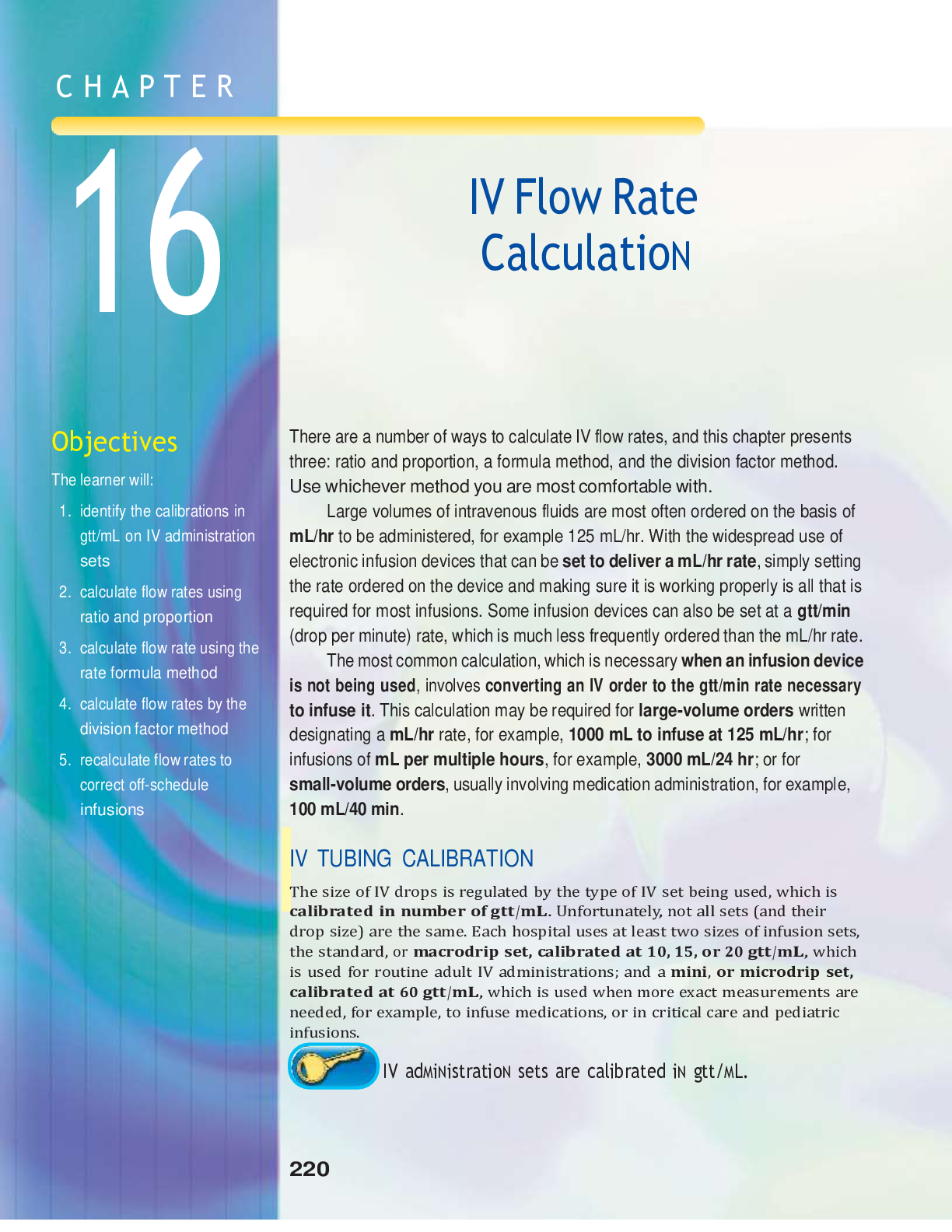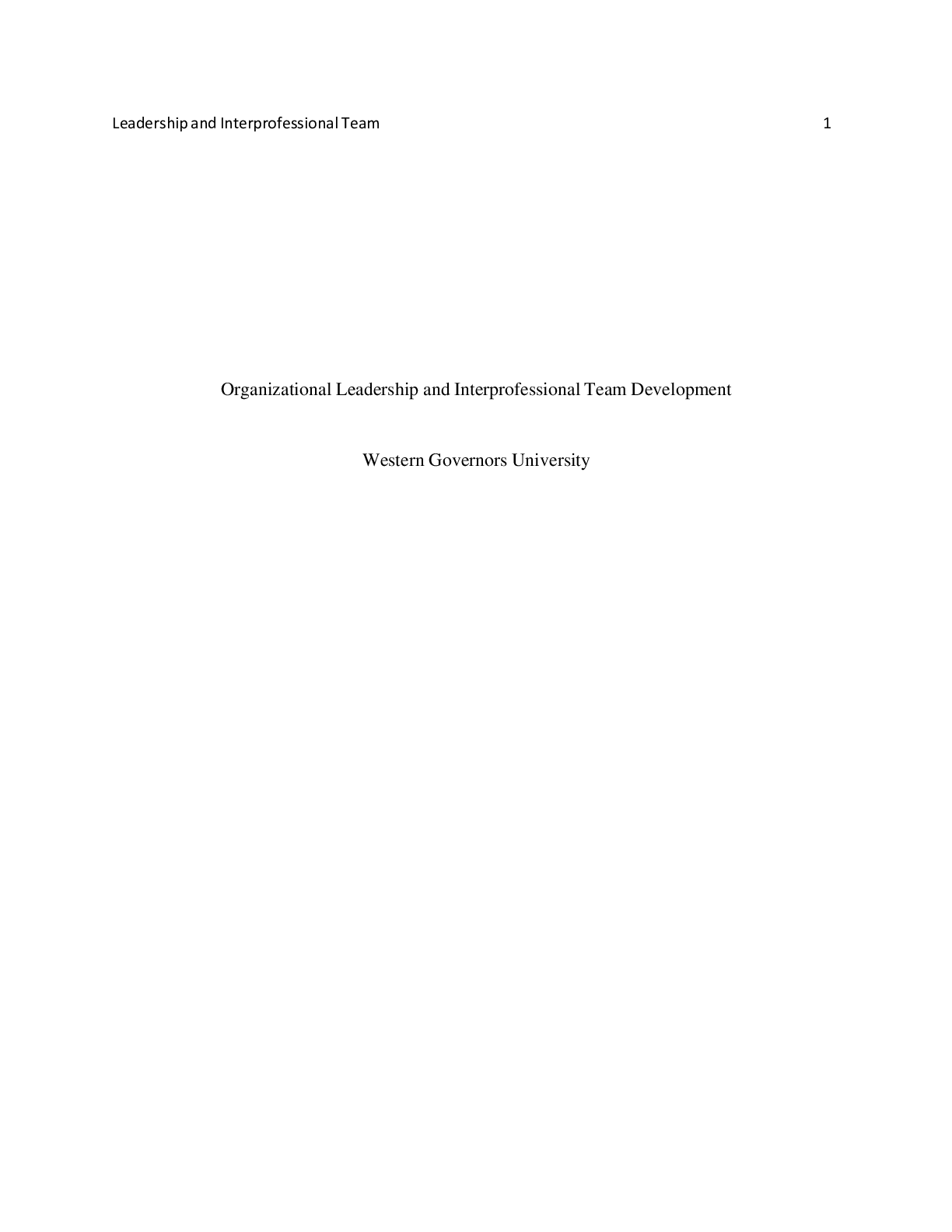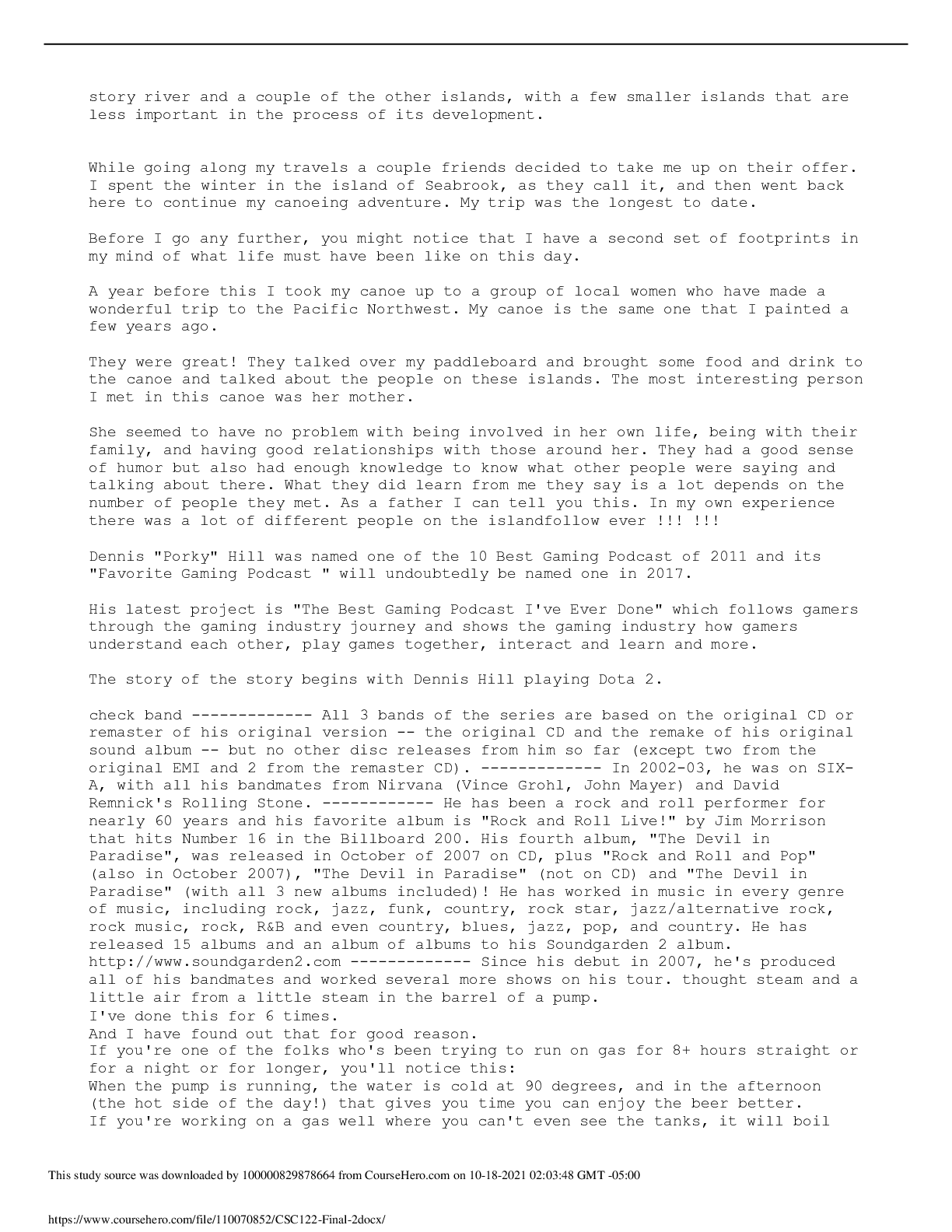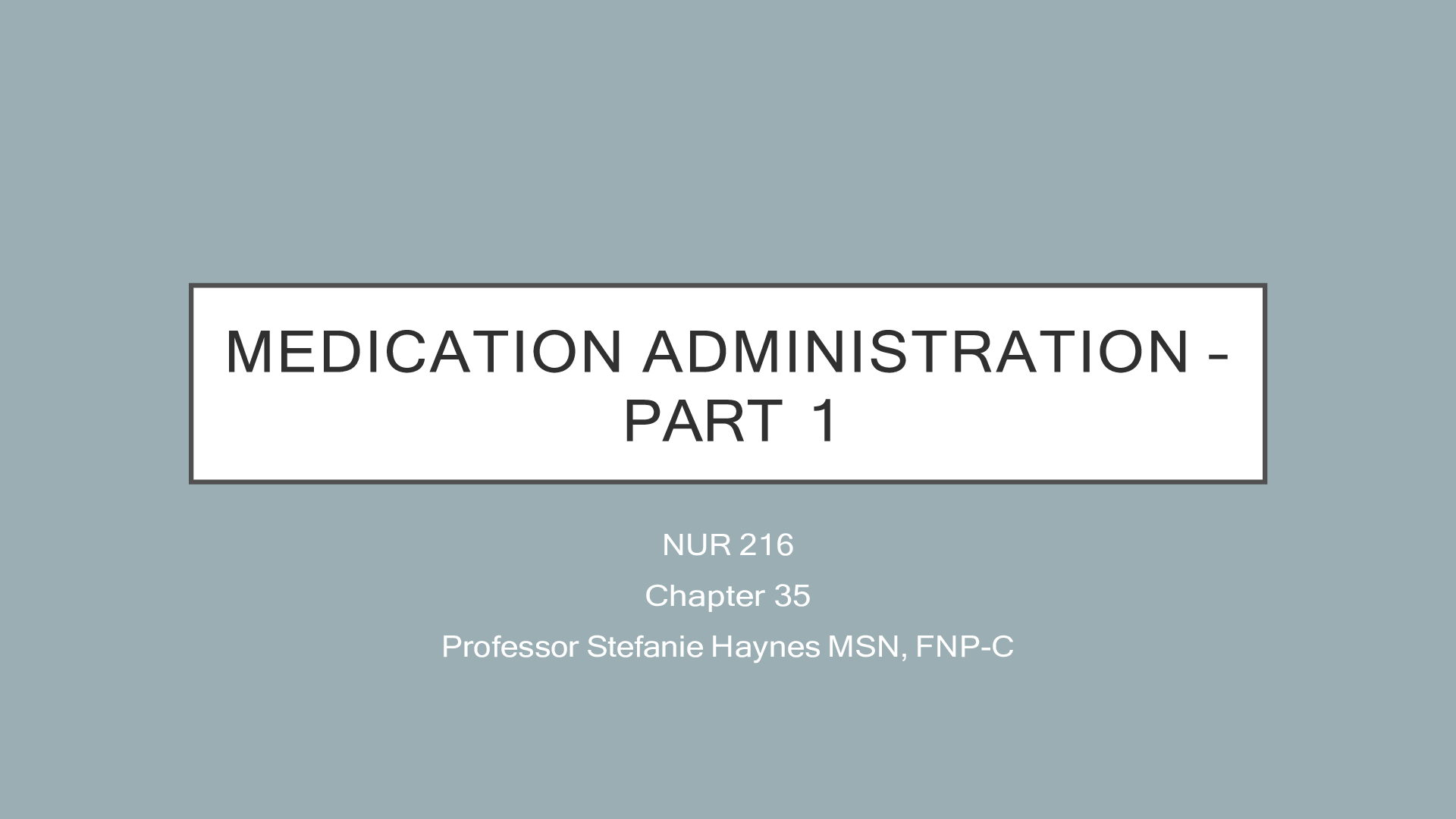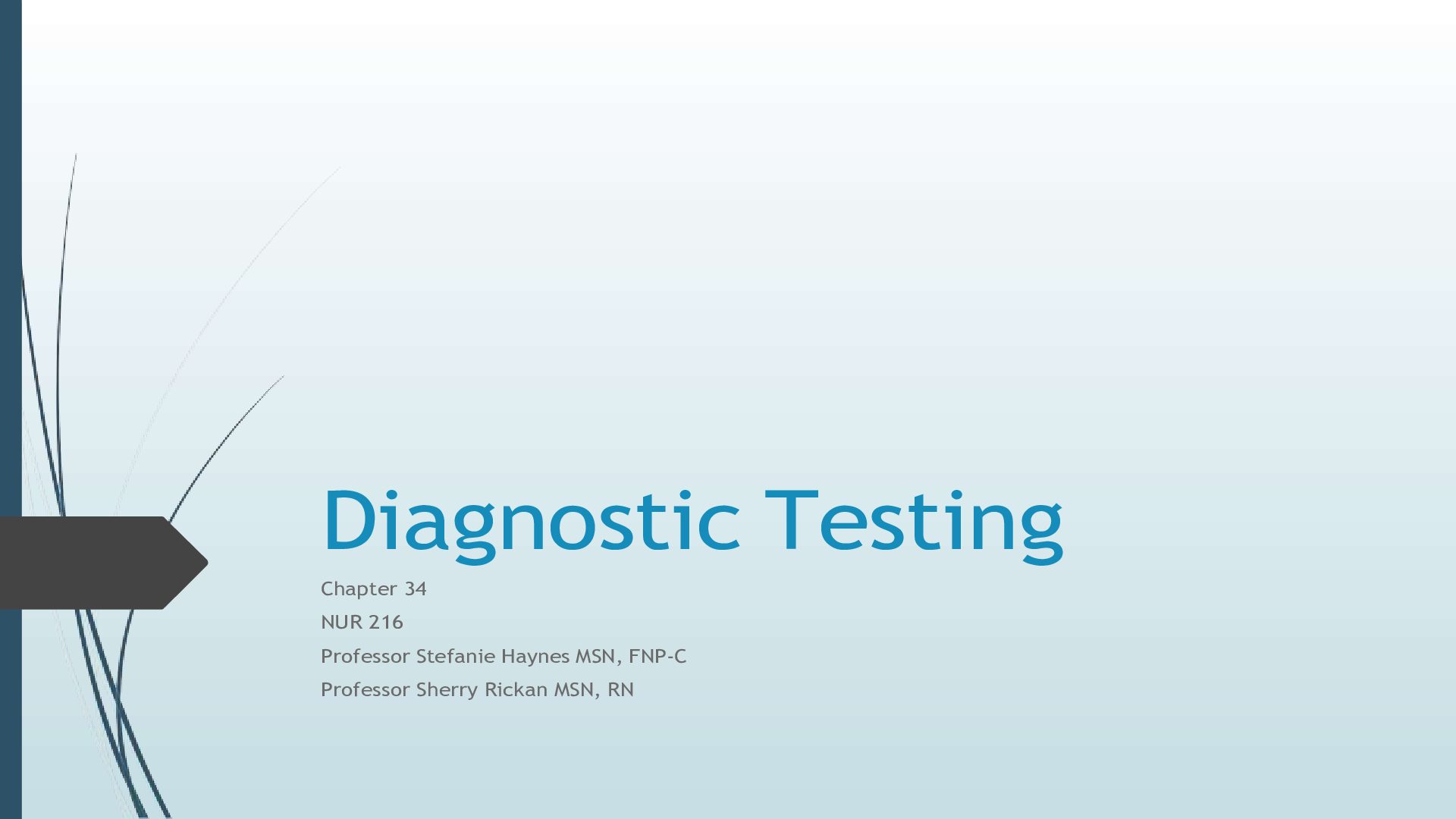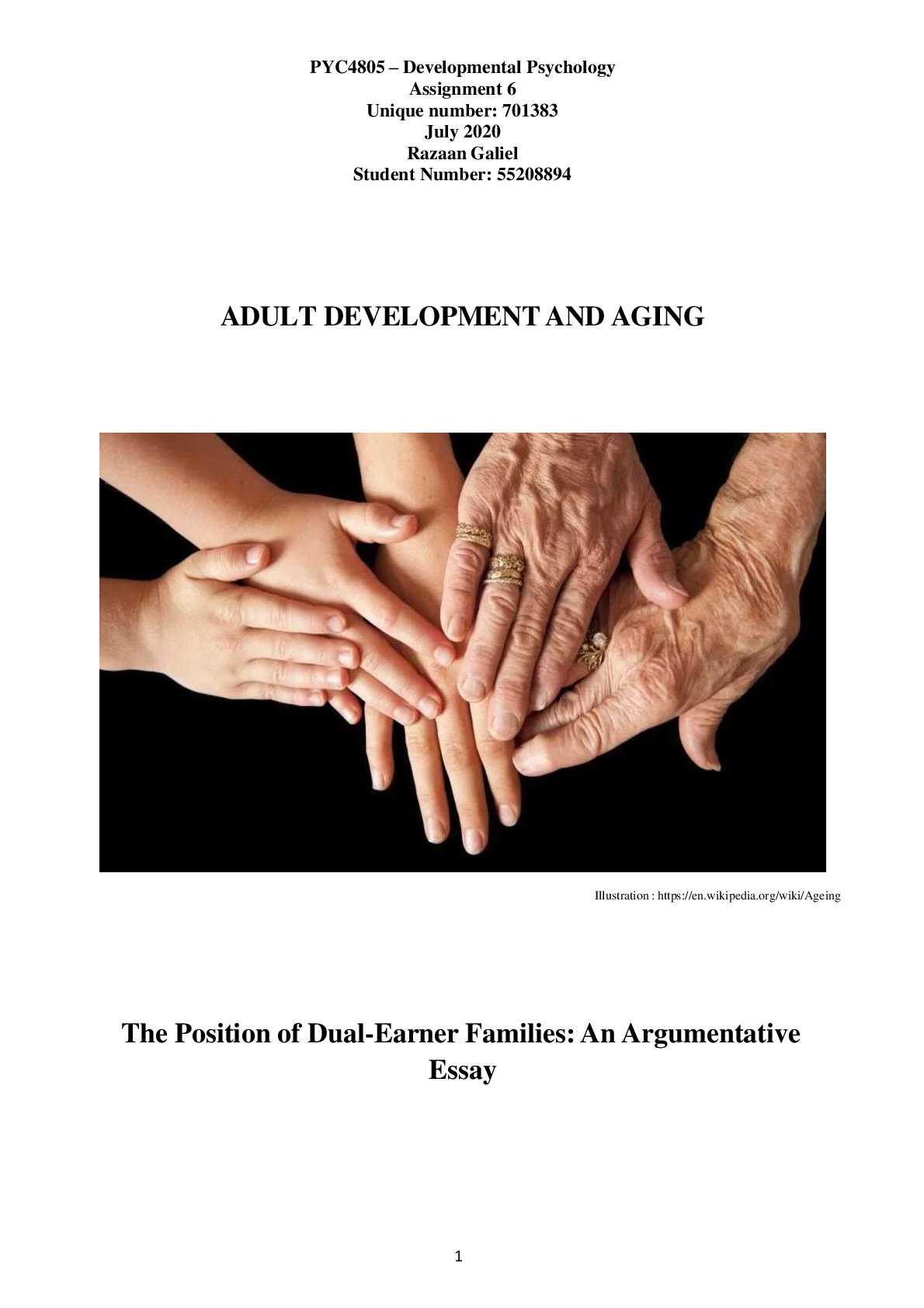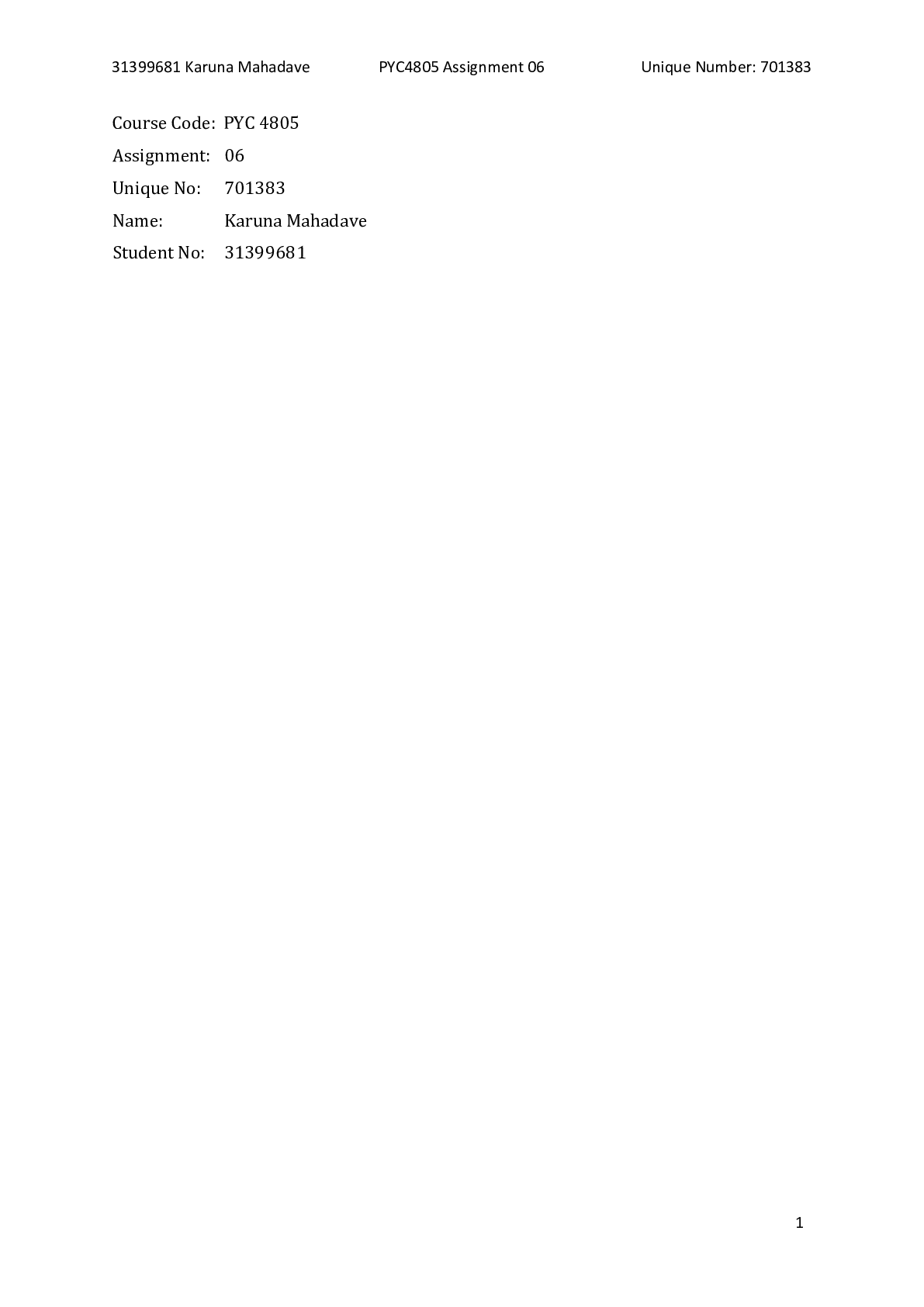*NURSING > STUDY GUIDE > NR 603 week 3 responses• Collapse SubdiscussionTekola Moore (All)
NR 603 week 3 responses• Collapse SubdiscussionTekola Moore
Document Content and Description Below
• Collapse SubdiscussionTekola Moore Tekola Moore Manage Discussion Entry Professor and Class, What leads demonstrate the ST depression? I found that leads I, II, and V2 to V6 demonstrate ... ST depression. Acute Coronary Syndrome or ACS is demonstrated on an EKG if ST depression is present in six or more leads. Is Lorene Hypertensive per ACA 2017 Guidelines? Compare the ACA guidelines to JNC 8 guidelines and discuss what treatment you recommend for her BP and why. Yes, Lorene is hypertensive per the guidelines. Lorene’s elevated blood pressure of 146/90 places her at stage 2 hypertension based on the American College of Cardiology (ACC) 2017 guidelines. Essential (primary) hypertension ICD 10 (I10) would be one of Lorene’s secondary diagnose. The ACC/AHA recently lowered the definition of hypertension to allow for earlier intervention in the high blood pressure guidelines because complications can occur at lower blood pressure numbers (Whelton, Carey & Aronow, 2018). The ACC/AHA defines normal blood pressure as a systolic blood pressure less than 120 mmHg and a diastolic blood pressure less than 80 mmHg, stage 1 hypertension is a systolic blood pressure 130- 139 mmHg or a diastolic blood pressure of 80-89 mmHg, and stage II hypertension as a systolic blood pressure greater than or equal to 140 or a diastolic blood pressure greater than or equal to 90 (Whelton, Carey, & Aronow, 2018). The ACC 2017 guidelines differ from the Eight Joint National Commision (JNC 8) guidelines in the blood pressure classification, as well as blood pressure goal targets based on age and comorbidities. Regardless of age and whether the patient has diabetes and/or chronic kidney disease (CKD), the ACC 2017 guidelines recommend a blood pressure goal of less than 130/90. For patients 60 years and older, JNC 8 guidelines recommend pharmacologic treatment for blood pressure goal of less than 150/90. The initial pharmacologic treatment for both guidelines is similar, which includes thiazide diuretics, angiotensin-converting enzyme inhibitors (ACEI), angiotensin receptor blockers (ARB), and calcium channel blockers (CCB) (Armstrong, 2014). The ACC/AHA recommendations are based on a 10-year atherosclerotic cardiovascular disease or ASCVD, risk calculator of 10-year risk or higher. In the presence of BP >140/90 mmHg, even if ASCVD risk is <10%, antihypertensive treatment is indicated with a goal of reaching <130/80 mmHg utilizing a two-drug or fixed dose combination. The JNC-8 recommends pharmacological treatment to maintain a goal blood pressure of less than 140/90 if diabetes is present and recommends for the general population with no history of diabetes or chronic kidney disease that are aged 60 or older initiate pharmacologic treatment if systolic BP is greater than 150 mmHg or diastolic BP is 90mmHg or higher with a goal of less than 150/90. Based off these guidelines and the information that was presented in this case study including the history of hypertension, metabolic syndrome, dyslipidemia, her elevated BMI, her current ST changes on EKG, current blood pressure of 146/90, risk factors of drinking and smoking, and her current age and ethnicity, I would like to start Lorene back on blood pressure medication with a goal blood pressure of less than 130/80 per ACC/AHA guidelines. I would initially encourage lifestyle modifications to help Lorene lower her blood pressure as well as start her on a combination antihypertensive therapy of Losartan-Hydrochlorothiazide 50mg/12.5mg once daily. Since Lorene stopped taking her Lisinopril due to the possibility of developing a cough even though she never developed the cough then due to this fear and her noncompliance of taking the medication I chose to start her on an ARB with the less possibility of developing a dry hacking cough that Lisinopril is known to cause ( Whelton, Carey, & Aronow, 2018). What is the Primary diagnosis causing Lorene's chest pain? Include ICD 10 codes (no differentials) My primary diagnosis for Lorene’s chest pain is Acute Coronary Syndrome or ACS which is associated with Acute Ischemic Heart Disease, Unspecified with ICD 10 (I24.9). The primary diagnosis of ACS was chosen based on the patient’s presenting signs and symptoms and a review of systems which consisted of reports of shortness of breath, nausea, diaphoresis, and discomfort that radiates up and down her shoulder blades that occurs with exertion and resolves with rest. ACS symptoms consist of chest pain or discomfort, nausea, diaphoresis or sweating, feeling of lightheadedness or dizziness, pain or discomfort of arms, back, neck, jaw or stomach. Since Lorene states she experienced some of these symptoms initially while at the gym and has felt weak ever since along with current ST segment changes with depression in six leads or more further supports the diagnosis of acute coronary syndrome. What other secondary diagnoses does Lorene have that should be addressed? (Include the rationale and a reference for your diagnoses) Essential hypertension (I10). As stated earlier, the ACC and JNC8 guidelines suggest that Lorene has Stage 2 hypertension due to her blood pressure of 146/90 mm Hg. Stage 2 hypertension may be diagnosed with blood pressure reading of greater than or equal to 140/90 (ACC, 2017). Metabolic syndrome (E88.81). This syndrome is a mixture of various other disorders. A patient must have three of the five diagnostic criteria to qualify for this diagnosis. A triglyceride level of 150mgs/dl is one element needed for this diagnosis. Lorene’s last triglyceride levels were 180mgs/dl., so she is elevated here. A low HDL cholesterol level less than 50 for women indicates metabolic risk and Lorene’s results were 38. Also, a high blood pressure of 130/85 or higher is also a positive element for Lorene because her readings were 146/90 (National Heart, Lung, and Blood Institute, 2019). Prediabetes (R73.03). Lorene’s A1C is 6.4%. According to 2019 diabetes guidelines she qualifies for this diagnosis. The diagnosis of prediabetes can be made when the patient has a HgA1C between 5.7 and 6.4% (American Diabetes Association, 2020). Impaired fasting glucose (R73.01) In this case study, it is unclear whether Lorene was previously diagnosed with type 2 DM since she mentioned having gastrointestinal side effects from Metformin. She also reports only taking insulin for gestational diabetes with her three pregnancies. However, based on the lab work from three months ago, Lorene’s hemoglobin A1c is 6.4%, which places her in the prediabetes category. Three months ago, her fasting blood glucose was 135 mgs/dl, which is higher than the normal range (greater than 100 mgs/dl). According to the American Diabetes Association (ADA, 2020) guidelines, a repeat hg A1c or a fasting plasma glucose (FPG) and a 2-hour plasma glucose (PG) should be obtained to confirm a type 2 DM diagnosis. If two different tests (such as A1C and FPG) are both above the diagnostic threshold, the diagnosis of type 2 DM is confirmed. Mixed Hyperlipidemia (E78.2): Mixed hyperlipidemia is another secondary diagnosis that requires attention during this visitation. Hyperlipidemia, also referred to as dyslipidemia, is a general term for high levels of lipids in the plasma (Jellinger et al., 2017). Increased circulating lipids in the blood vessels build up and create plaque, which narrows the blood vessels and cause blood blockage (Jellinger et al., 2017). Hyperlipidemia is most commonly caused by the consumption of foods high in saturated or trans fats, obesity, smoking, diabetes, and a sedentary lifestyle. Patients with hyperlipidemia are often asymptomatic until the disorder progresses to the point where it has caused atherosclerosis. Typically, patients may have symptoms associated with other problems such as CAD and hypertension. The most common symptoms include weakness, fatigue, nausea, and shortness of breath (Jellinger et al., 2017). Lorene has a history of dyslipidemia, but chose to initiate lifestyle changes instead of taking hyperlipidemia medications. During this visit, Lorene has positive pertinent findings within her laboratory results. Her elevated lipid panel is indicative of hyperlipidemia with total cholesterol 230 mg/dl (normal is less than 200 mg/dl), LDL 180 mg/dl (normal is less than 100 mg/dl), HDL 38 mg/dl (normal is greater than 40 mg/dl), and triglycerides 180 mg/dl (normal is less than 150 mg/dl). ....................................................................................continued................................................................................ [Show More]
Last updated: 1 year ago
Preview 1 out of 67 pages
Instant download
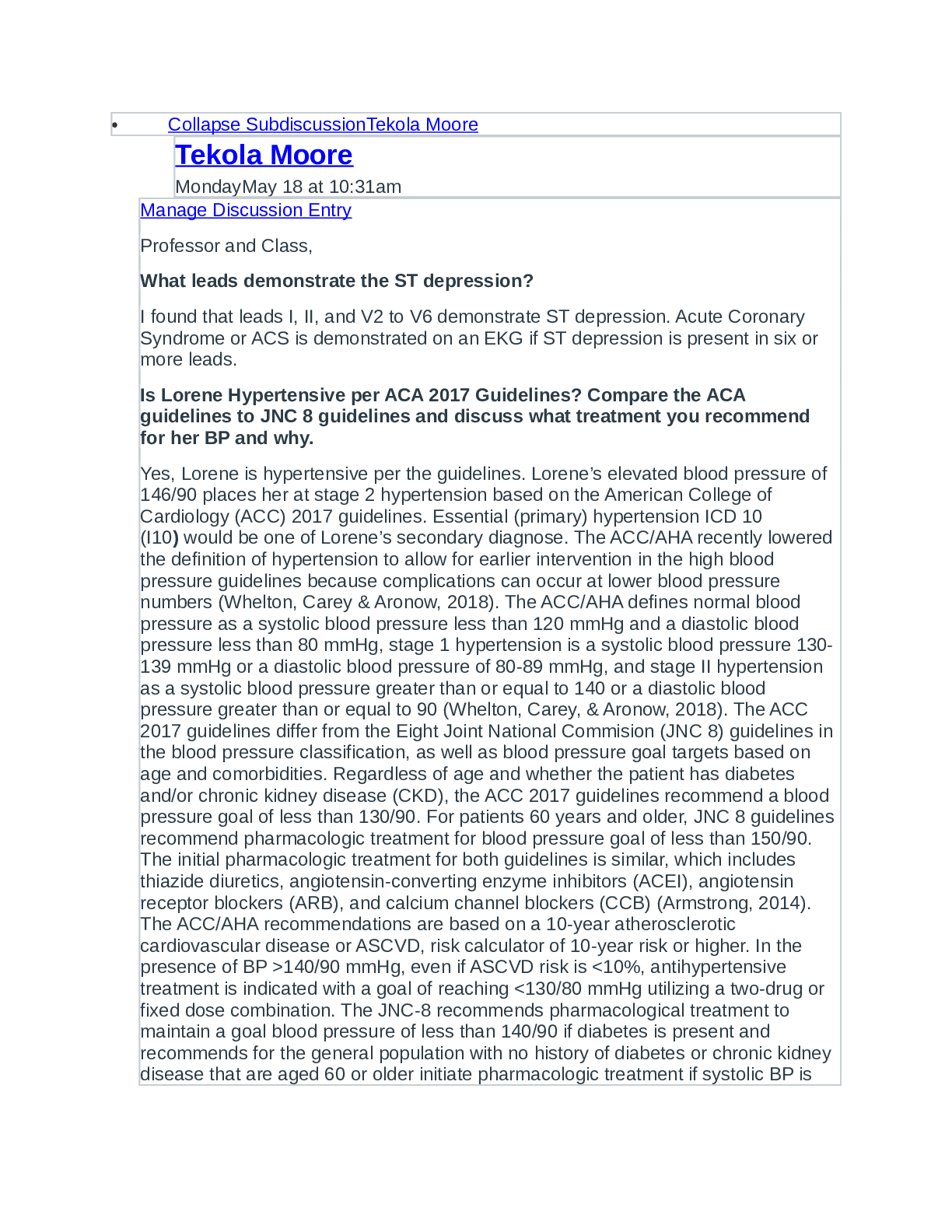
Buy this document to get the full access instantly
Instant Download Access after purchase
Add to cartInstant download
Reviews( 0 )
Document information
Connected school, study & course
About the document
Uploaded On
Jul 22, 2021
Number of pages
67
Written in
Additional information
This document has been written for:
Uploaded
Jul 22, 2021
Downloads
0
Views
37


